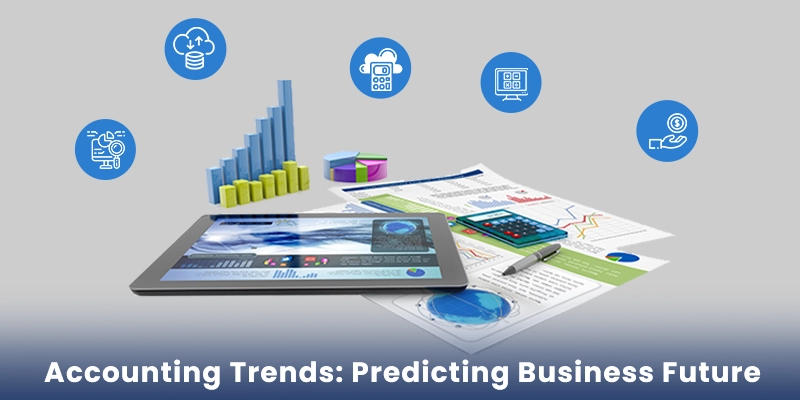
Big Data: Is It More Or Less Important Than Small Data?
Big Data is the newest buzz in the entrepreneur world. Firms both big and small are quickly replacing their traditional business expansion techniques with big data. This raises the obvious question- what really is big data after all? Well, the name says it all.
Big data is just another term for an enormous amount of information. This information is so huge that no technology is currently capable of handling it efficiently. Yet, there is absolutely no denying that big data has taken business strategies by storm.
A firm of any size, whether large, medium or small, needs data to function. Most importantly, the information has to be surrounding potential clients. For example, a firm selling sports shoes need to target fitness freaks or an athlete more than a regular person whose choice of shoes is completely based on style. In short, major decisions depend on what big data has to say.
So How Does Big Data Work?
There is a simple strategy that firms use to make the best out of big data. You collect information about your prospective clients and store it for later use. And this data is volatile in nature. It is huge and it will continue to grow. Firms, with their team of experts, generally invest top dollars in big data collection and a lot more time in analyzing the trends of how preferences have evolved over the years.
The mountains of information will guide the firm in making decisions that have a significantly higher chance of being a success than a decision made otherwise. Or, so it is expected. This is what most big companies are up to these days.
But this doesn’t mean there are no risks involved. As mentioned, the collection of big data is an expensive process. And the end results may not always be fruitful. The investment thus may altogether go down the drain.
Does Size Really Matter?
Everyone is talking about big data. Let it be risky, it is still not stopping anyone from obtaining it. Social media activities are still being recorded and people’s personal information is being collected. Hundreds of thousands of email ids are noted and maintained thinking it will be of use one day. But is it only this ‘big data’ that is the mantra to success?
How was targeted marketing being done before big data was possible? There was a thing called small data. The ‘was’ here is used to remind people how we have stopped discussing it. Small data is still important. A firm can build itself prominently with piles of expensive, structured and unstructured big data, but small data will come into play someday or the other.
Small Data: The Unsung Hero
Small data, exactly as we call it, is information that matters in real-time. Big data may not always help. It can be understood with a simple example. A tourist visiting Hawaii may have surfed the internet and tried to grasp as much information about the place as possible. But the tour a native may give him, Google can’t. The same is the case with small data. The intricacies of small data overshadow the vastness that engulfs big data.
Isn’t A Combination of Both Helpful?
Yes, indeed. For example, WalMart needs to know what sort of diapers mothers prefer the most for their babies. And it also needs to know which diapers they won’t buy and why. Here, big data will tell about the diaper brand that recorded the highest sales in a particular period of time. But why did the other brand fail? That’s the kind of information small data collects and values.
On one hand, E-commerce giants like Amazon use the customer’s on-app activities to detect the kind of buyer they are dealing with- a fashionista, a gym enthusiast or a tech-savvy person. His future purchases can be guessed upon and offers can be given based upon what the person does most while on the app. This information becomes a part of big data. And on the other hand, Amazon may need to be one with the local markets to target their clients appropriately. When a customer in Europe needs a snug piece of clothing, a customer in India may be looking for summer styles. Thus, covering the latest global trends is part of big data, while targeting customers based on location is what comes under small data.
How Are Small and Medium-Sized Businesses Related With Big and Small Data?
SMBs or Small and Medium-Sized Businesses are more rooted in the area where they are located. It takes time to expand a business. In the initial years, an SMB needs to know the surroundings the best. Small data is more useful to small and medium-sized businesses compared to big data, although not entirely. Therefore, a perfect blend of the two is what can fuel the business.
In Conclusion.
An entrepreneur needs to understand the possibilities of both big as well as small data. Using the two to the best of their capabilities is important. What big data can do, small data can’t and the reverse is also equally true.
If you own a chain of restaurants running in a particular city in Northern America, customer reviews of the entire country will not be as helpful as those of the regulars belonging to the area. And what do we call that piece of information? Small data. Whereas, food giants like Taco Bell or McDonald’s will rely more on big data compared to small.
Hence, while big data drive major decisions, small data will let you dig a little deeper.






